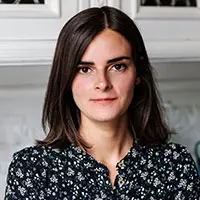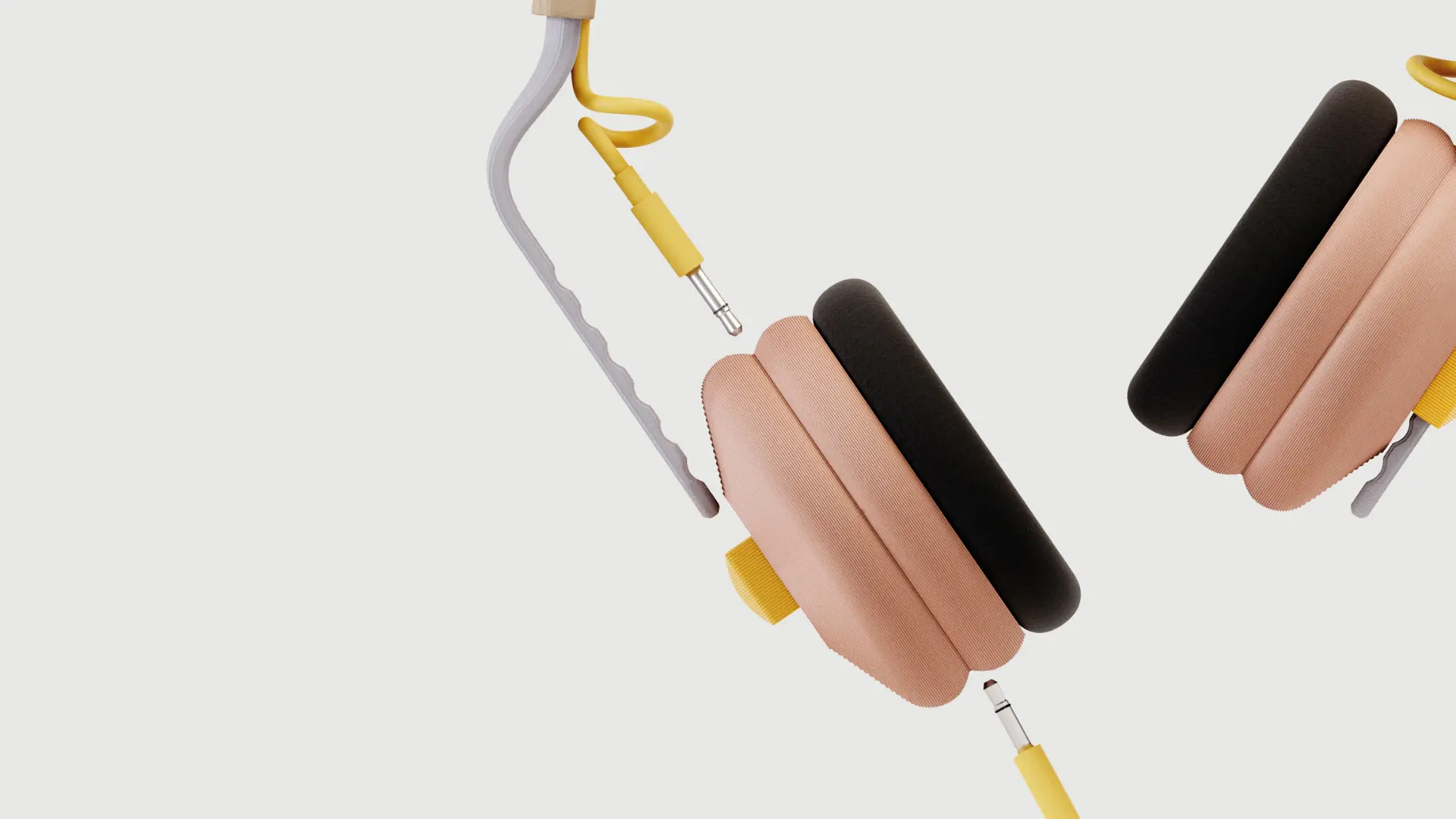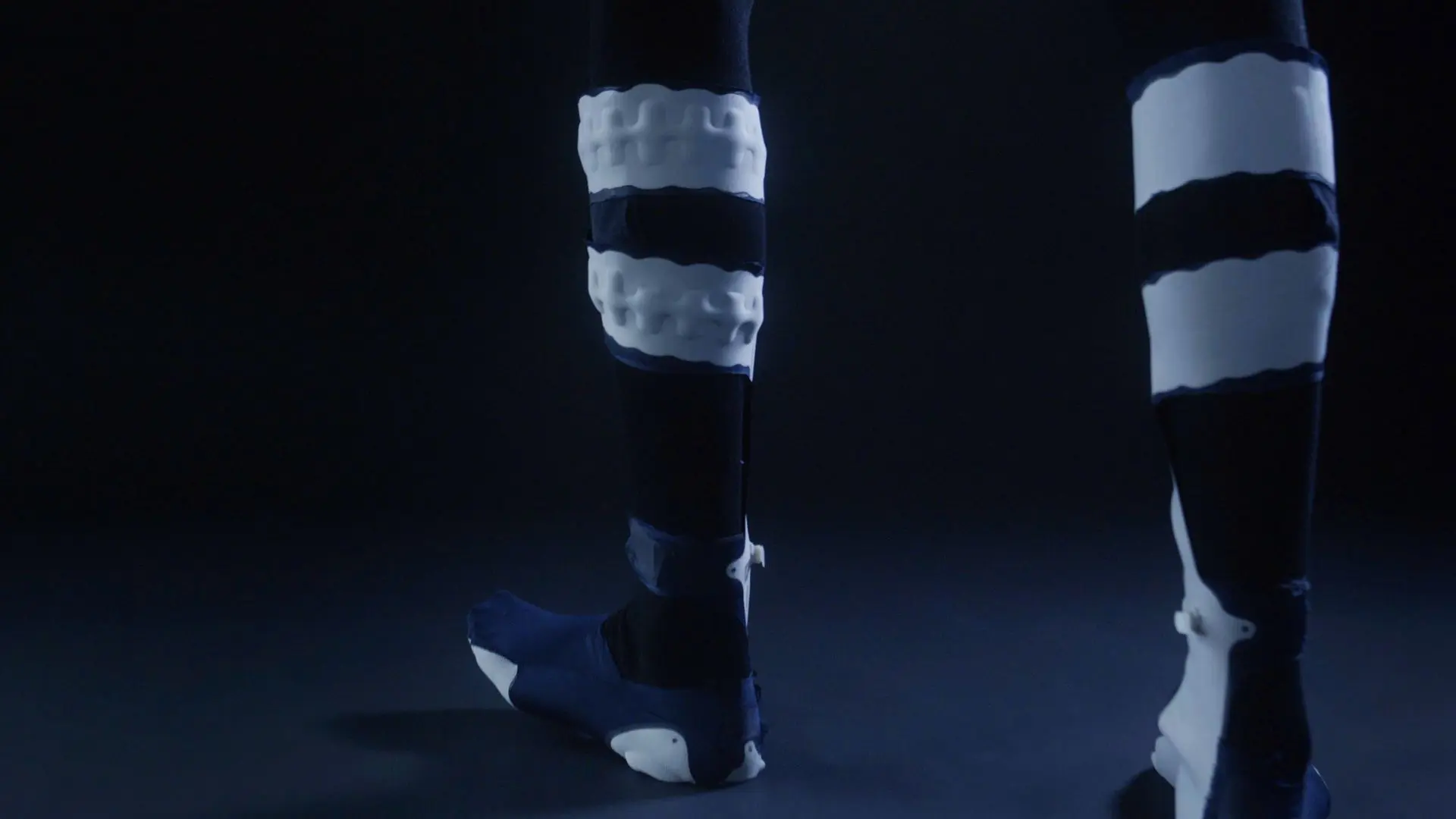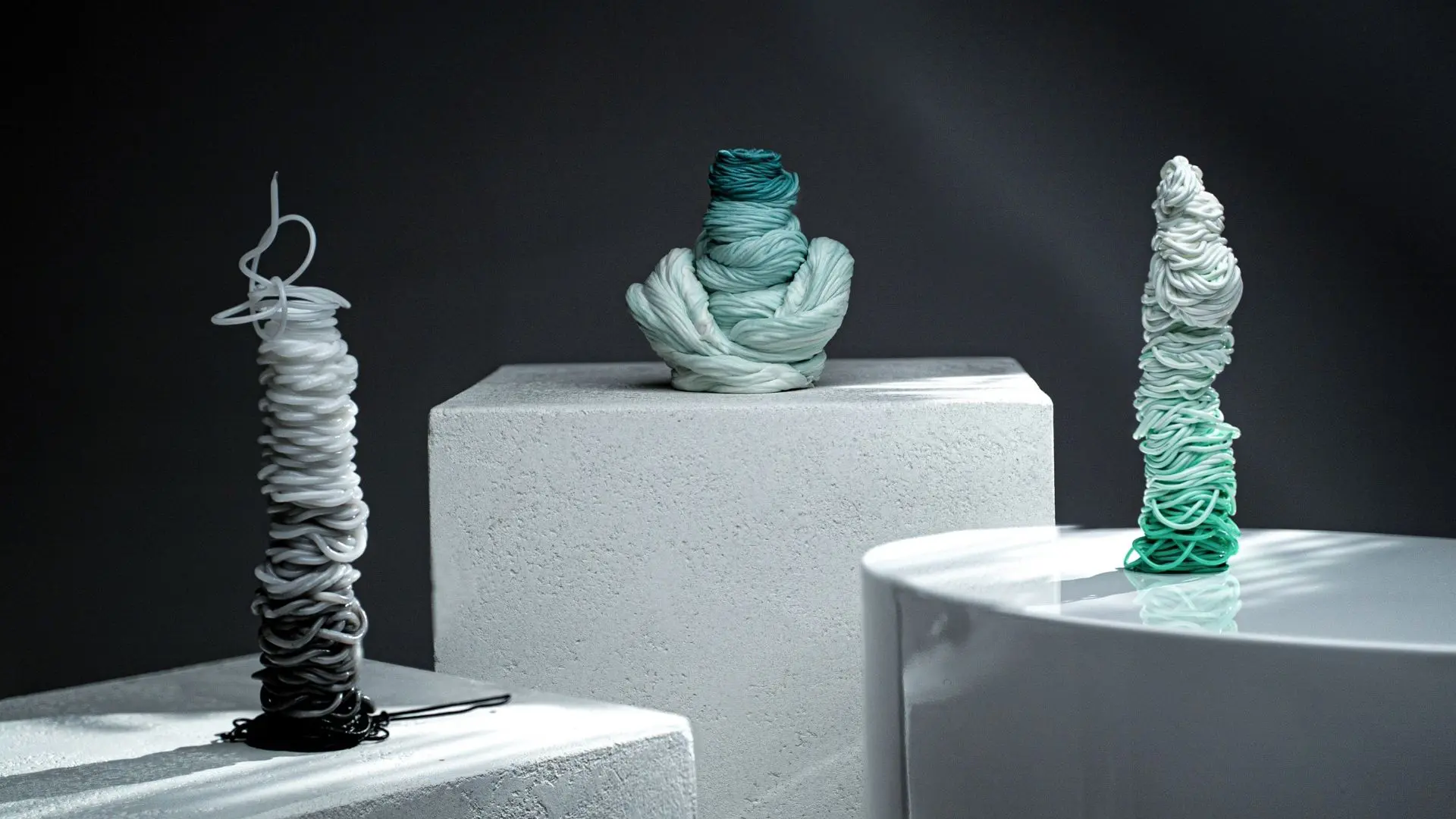Design is an emotional journey: a closer look at Rasa – The Indian Collective
Presented by Isola Studio and curated by Nidhi Chandak and Varun E S, the exhibition marks the first showcase at Milano Design Week entirely focused on Indian design.

Part of the Isola Design Festival 2025, Rasa – The Indian Collective is the first curatorial collaboration for Nidhi Chandak and Varun E S, founders of Layman Proto Studio. Described by the duo as both a responsibility and a celebration, the exhibition explores and pays tribute to the artistry and skills of Indian makers and India’s rich craftsmanship heritage.
Nidhi and Varun brought together a selection of contemporary projects that carry stories, meanings, memories, and cultural continuity, fostering emotional connection. We interviewed Nidhi and Varun to have a deeper understanding on the exhibition, their vision and the significance of showcasing Indian design at one of the world’s most important design weeks.

Let’s begin with a quick introduction: who are you and what do you do?
Layman Proto Studio:
“We’re Nidhi Chandak and Varun E S, part of Isola and spearheading it in India. Nidhi is a curator and creative strategist with a background in Interior and Business Design. She’s passionate about curation and storytelling. Varun is an Industrial Designer who thrives on the technical side of product development—understanding how things are made, prototyped, and refined. We are also co-founders of a company (Layman Proto Studio) back in India, where we bring both conceptual and hands-on approaches to the creative process, combining strategy, design, and execution in everything we do.”
“Rasa” is a Sanskrit word that refers to the emotional experience evoked by creative expression. It’s also the title of the exhibition you presented this year at Milan Design Week. Could you tell us more about how this word inspired the theme and concept of your exhibition?
Layman Proto Studio:
“Rasa (रस) beautifully encapsulates the emotional and sensory depth we wanted the exhibition to evoke. In Indian philosophy, it’s not just about aesthetics—it’s about evoking emotion and connecting deeply with the human experience. We saw this as a fitting lens to frame Indian design: not just as beautiful objects, but as stories that carry meaning, memory, and cultural continuity. That became our anchor point. Each piece in the exhibition was chosen for the way it embodied this sensibility—where materiality, craft, and innovation converge to express something emotionally resonant. Even the base tiles reflect this philosophy—traditional in form but made using contemporary large-format 3D printing by our sponsor, Nouz3D.”

Collaborative work is all about bringing together different perspectives and embracing compromise to create a shared vision. How did that process work for you? Was Rasa your first curatorial collaboration?
Layman Proto Studio:
“Yes, Rasa was our first formal curatorial collaboration. We always believed that design is best when it’s collaborative and Isola, being one of the biggest collaborative platforms, helped bring Rasa to life. Our skill sets naturally complemented each other—Nidhi brought her strength in conceptual thinking and visual storytelling, while Varun contributed a deep understanding of materials, techniques, and making processes. We had a shared vision from the beginning, but the process was very iterative—lots of conversations, moodboards, scouting designers/studios, and refining how we wanted to present Indian design in a contemporary, globally relevant way. It was collaborative, not just between the two of us, but also with the designers and makers whose work we featured. The experience was incredibly enriching.”
What is the common thread between all the projects exhibited at Rasa — The Indian Collective?
Layman Proto Studio:
“Every project showcased at Rasa had a strong material and craft foundation rooted in Indian heritage, but reinterpreted through a contemporary lens. Whether it was bamboo weaving, glass blowing, or terrazzo made from construction waste, each piece told a story—one that honoured the past while looking toward the future. The common thread was this balance: honoring traditional craftsmanship while pushing it forward with modern design sensibilities.”

What kind of reflection or emotional response do you hope the projects sparked in the exhibition visitors?
Layman Proto Studio:
“We hoped that visitors would walk away feeling a deeper connection—not just to the work, but to the people and culture behind it. We wanted them to experience design as something intimate and emotional, not just functional or decorative. Whether it was a handcrafted chair or a sculptural lamp, we hoped people would feel the weight of history, the hands of the maker, and the designer’s intent. Ideally, it made them curious about Indian design in a new way—one that challenges stereotypes and reveals the depth, innovation, and narrative richness embedded in every piece.”
And, what are you taking away from your experience at Milan Design Week 2025?
Layman Proto Studio:
“It’s hard to put into words—it’s been incredibly affirming and energizing. Curating Rasa at Milan Design Week—a platform we’ve admired for years—was surreal. It gave us not just visibility, but also a chance to engage in meaningful dialogue about Indian design. The feedback, interactions, and collaborations that came out of this experience reminded us how important it is to create space for and reinforce the importance of visibility, of claiming space in global conversations and diverse design perspectives on the world stage.”
You got the chance to bring and celebrate Indian culture, traditions, and expertise at one of the world’s most important design events. What does that mean to you?
Layman Proto Studio:
“It was a huge moment—not just for us personally, but for the broader Indian design community. This was the first time Indian design was presented at such a scale during Milan Design Week, and it felt like a responsibility as much as a celebration. We were carrying forward not just our vision, but the voices of 21 incredibly talented studios. We’re grateful we could share this vibrant, evolving design narrative with a global audience.”

Are you planning to present Rasa at any other fairs or events around the world?
Layman Proto Studio:
“We are absolutely exploring that. The response has been overwhelmingly positive, with a lot of learnings and we see Rasa as an evolving platform—one that can adapt to different contexts while continuing to spotlight the talent and stories coming out of India. We’re in conversations about how it could travel, and how each edition could grow the collective and deepen the narrative.”
What other projects does Layman Proto Studio have in store for the future (either together or individually)?
Layman Proto Studio:
“On the curatorial front, Rasa has opened doors to new collaborations and ideas—we’re excited to keep building to tell meaningful stories through design by being part of Isola, whose platform has played a vital role in amplifying the work of Indian designers on a global stage. Our shared values— supporting talent and using design as a force for connection— make this partnership especially meaningful. We’re already thinking about how we can continue contributing to future editions of Isola, not just in Milan but possibly in other cities too, now that they are also based in Dubai.
At Layman, our company back in India, we’re continuing to work on product development and prototyping projects – our goal has always been to bridge creativity and execution, and we’re excited to keep collaborating with designers, artists, and innovators across sectors. Whether as co-curators or in our individual capacities, we’ll keep pushing boundaries, creating, and sharing work that reflects both where we come from and where we’re headed.”









